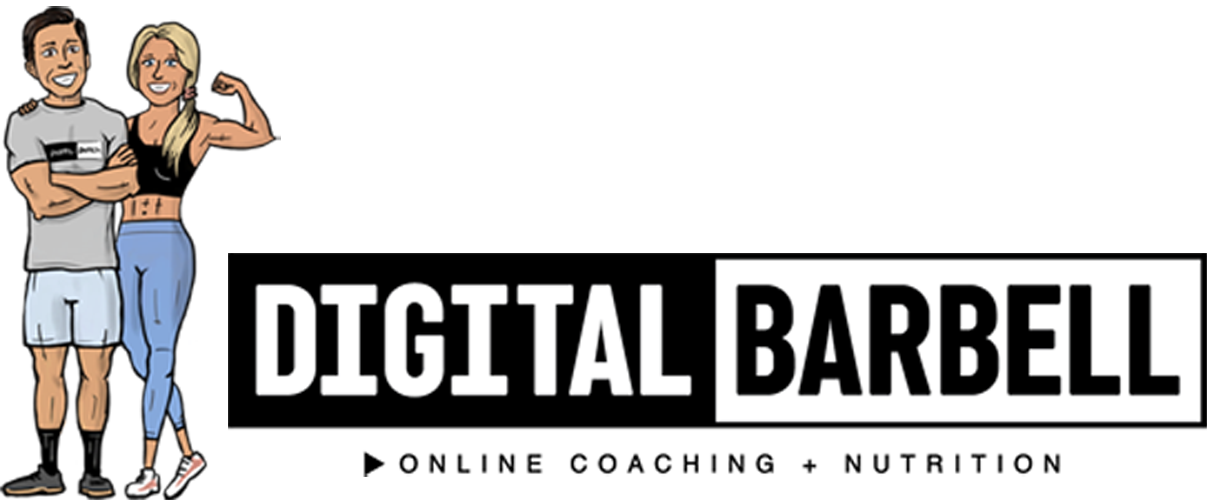What Are The Best Exercises, Sets, and Reps To Do To Get In Shape?
WHAT YOU NEED TO KNOW!
Written by: Jonathan Fletcher
What exercises are good for getting in shape? How many sets should you do for the best results? How many reps should you do each set?
Great questions, and you’re about to find the answers you want.
I’m going to assume that you want to get stronger, feel confident, build some muscle, and look better nekkid.
Training really shines when it comes to making all of those things happen. If you work with us, you’re going to get those results by training with weights at home or in a gym.
What exercises should your training program include?
Lower body pushing exercises like squats and lunges for your glutes and quads. We use many variations of both with our clients, but you better not be skipping your squats!
Lower body hip hinging exercises like deadlifts, Romanian deadlifts, and hip thrusts for your glutes and hamstrings.
Upper body pulling exercises like rows, flys, curls, and face pulls for your lats, traps, biceps, and rear delts.
Upper body vertical pushing exercises like overhead presses and lateral raises for your delts and triceps.
Upper body horizontal pushing exercises like barbell and dumbbell bench pressing for your chest, triceps, and front delts.
Ab work like situps and crunches, hanging knee/leg raises, side planks, hollow rocks, and many, many more.
Now that you know what exercises you should have in your training program, you need to know how many sets and reps to do.
How many sets and reps are best to do?
If you’re new to training, we’d recommend hitting each muscle group with 5-10 “Hard Sets” (more on those in a second) per week. You’ll need to know a bit about human anatomy if you're doing this on your own.
If you’re an intermediate, aim for 10-15 hard sets per muscle group, and if you’re advanced, you’ll be doing 15-20. If you don’t know what level you’re at, feel free to reply to this email and we can chat.
Depending on how many days per week you train, you should spread those hard sets out across 2 or more days with a rest day between. In other words, don’t do all 10 of your hard sets for your biceps on the same day. You’ll be too fatigued to give a solid effort, and you’ll miss out on the muscle-building benefits of hitting the same muscle group multiple times per week.
Ok, how many reps are in those “Hard Sets”?
It’s not actually about the number of reps per se. Strength and muscle can be built with many rep ranges. What matters is the effort you put in, and how many reps it takes you to get really really close to failure. I said really twice so you’d get the point.
Most people don’t realize that the physical changes they want to see in their body only happen when you push your muscles close to their limit. They’ll spend years doing the same routine with the same weights, and it’s just not that challenging. Or, they’ll stop every set when they could have easily done many more reps.
No challenge = No change
Knowing that you have to come close to failure each set to get results dictates how many reps you’ll be doing in a "Hard Set”.
You want to balance the potential risk of the exercise, with the number of reps it would take you to hit failure.
Here’s how we do it with our clients:
4-6 Rep Range (Heavier loads) - Barbell Squats, Barbell Deadlifts, Barbell Bench Presses, Barbell Overhead Presses
8-12 Rep Range (Moderate loads) - Dumbbell Bench Presses and Overhead Presses, Barbell Rows, Barbell RDL’s, Lying Tricep Extensions, Barbell and Dumbbell Curls
8-15 Reps Range (Lighter loads) - Lateral Raises, Chest Flys, Face Pulls, Reverse Flys, Tricep Kickbacks and Push Downs
The goal is to use a weight that brings you close to failure within the given rep range on that exercise.
You’ll be working hard and getting the maximum benefit without unnecessary injury risk, and without making you incredibly sore the next day.
If you’d like to see what a Hard Set looks like, check out this short video on our YouTube Channel: —> Click Here <— (Be sure and subscribe to the channel while you’re there)
Once you’ve got a training program in place, all that’s left to do is support it with killer recovery (sleep and nutrition), stay consistent, and make sure you’re either able to do more weight or more reps each week.
Stick with it, and you’ll be an overnight success.
If you want help putting all of this on cruise control, we can help! Apply for your own custom training program and coaching below!
All the best!
Jonathan

